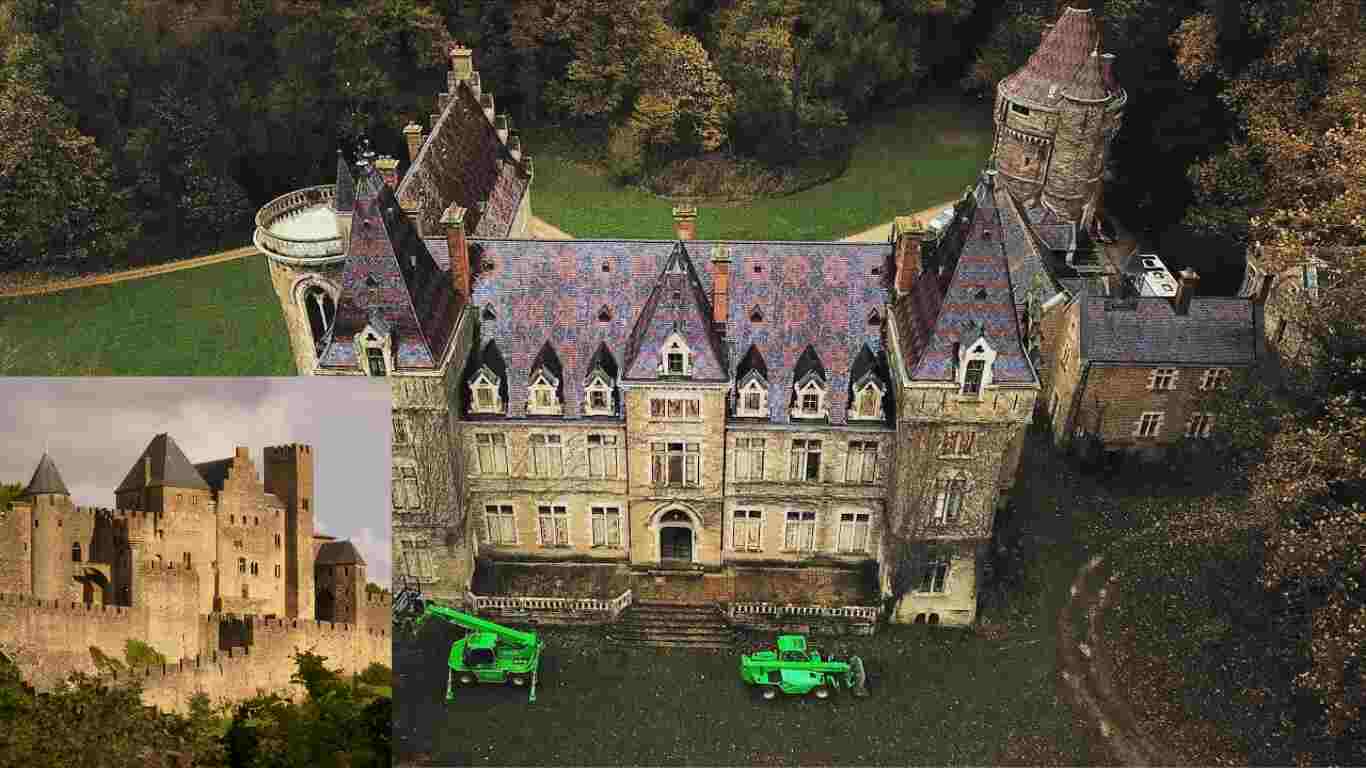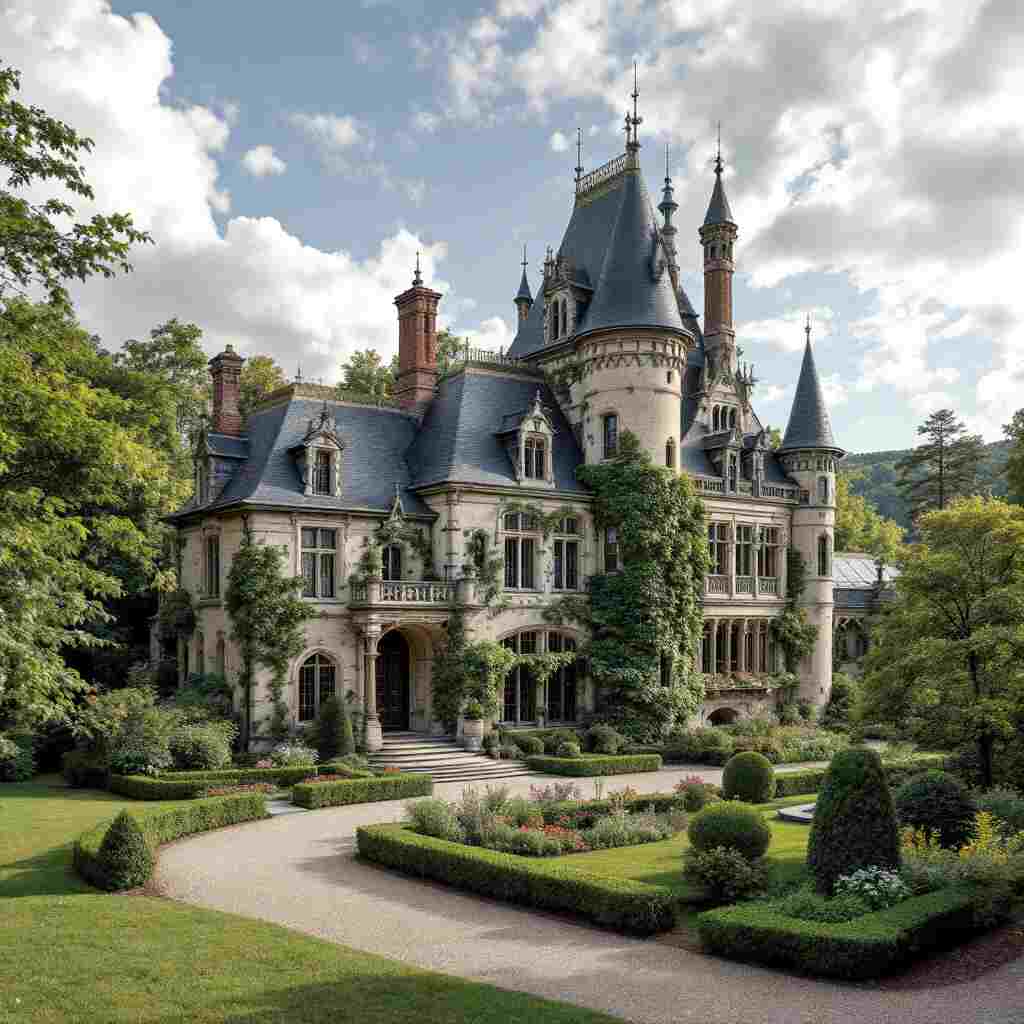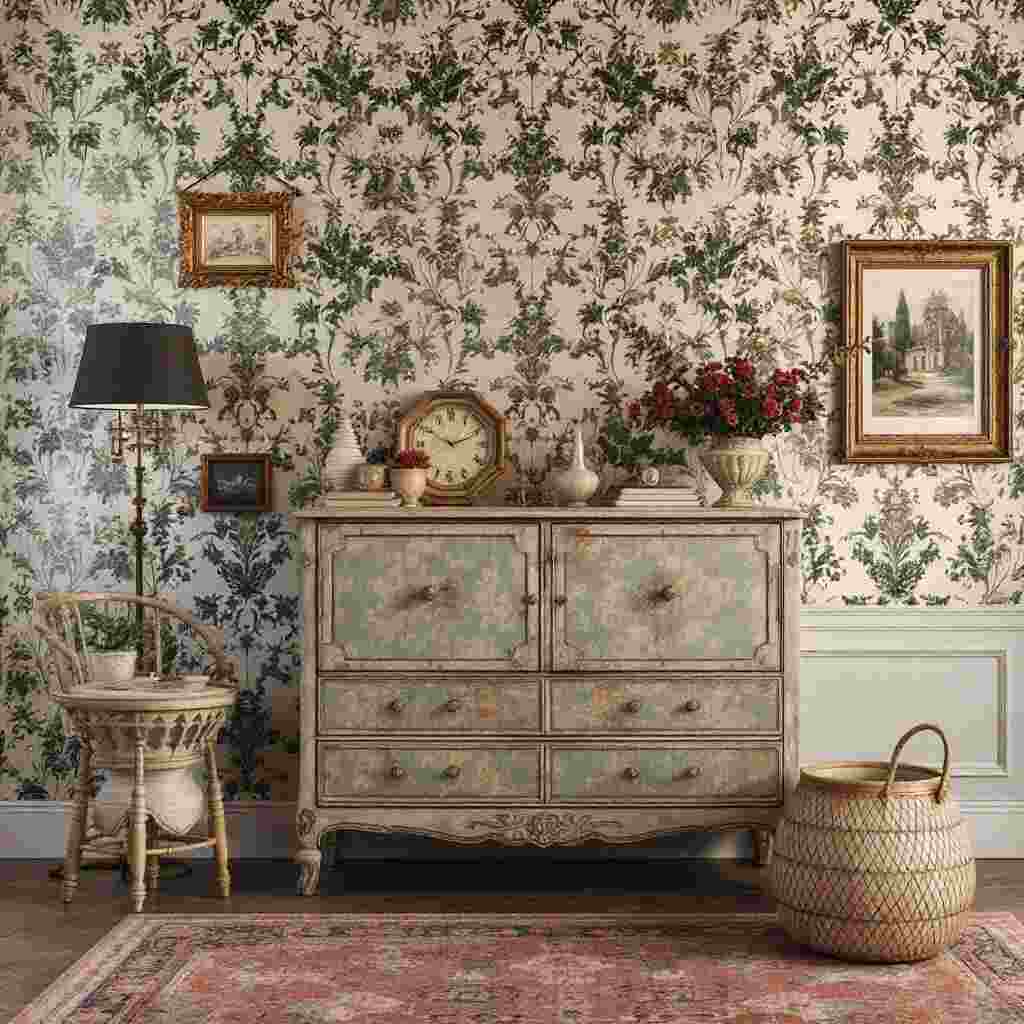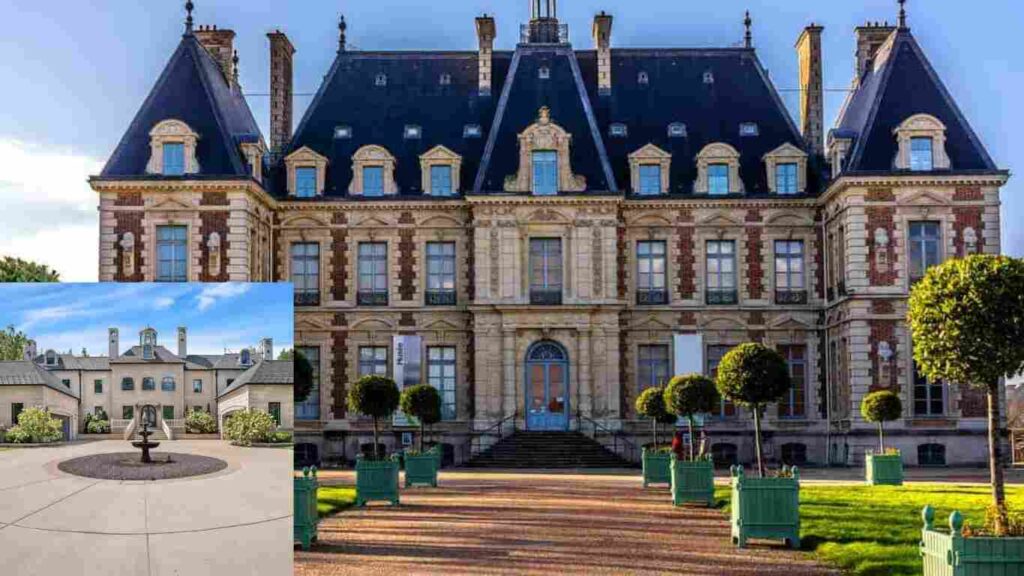French chateau architecture has maintained its allure since its inception, inspiring homeowners, architects and designers. Its majestic facades, elaborate details and timeless charm have an air of luxury and opulence. But just what is a French chateau, and what makes this architectural style so popular today?
What Is French Chateau Architecture?

To fully appreciate French chateau house plans, it’s important to know about their historical and architectural origins. These designs are more than merely pretty exteriors — they tell a tale of centuries-old craftsmanship and design innovation.
Historical Context: From Castles to Renaissance Residences
The French chateau style dates back to the Loire Valley of France in the 1400s and 1500s. Originally, these structures served as fortified medieval castles but slowly evolved into opulent Renaissance-style homes for French aristocrats. These houses are typically a mix of Gothic and Italian Renaissance — the 19th-century era that combined the periods’ artistic aspirations and grandeur.
French chateaux had established themselves as symbols of wealth and status by the 16th century. No longer merely fortresses, they had spacious, elegant rooms designed to host guests and signal authority. That architectural shift added elements like symmetrical layouts, elaborate rooflines and decorative stonework, all of which are hallmarks of the style today.
Lands and Gardens of the French Chateau
The characteristics that distinguish French chateaux from other forms of architecture Now on to what’s so compelling about these homes:
- Steeply Pitched, Hipped Roofs: These high-angled roofs often have cast-iron crests and flanking dormer windows that lend the homes an air of majesty.
- Towers and Turrets: Rounded or square towers lend a castle-like quality, and turrets bring both asymmetry and charm.
- The verticality of the vertical design is complemented by tall, decorative chimneys and pinnacles.
- Stone, brick and stucco exteriors: These materials give the homes a timeless, weathered appearance, similar to that of French countryside estates.
- Architectural Details: Quoins, keystones, columned entry porches, decorative pediments — all add depth and sophistication.
Why This Style Endures
The architectural style of the French chateau has always evoked a sense of opulence and sophistication. Many homes displaying this aesthetic may have been richly decorated inside such as intricately decorated woodwork, an ornamental ceiling, and lavish furnishing. These features elevate French chateaux from mere residences to works of art.
French chateau house plans

The architecture of a French chateau is as impressive as its aesthetics. Whether you prefer a more symmetrical design or an eclectic, asymmetrical plan, French chateau house plans offer options for all.
Symmetry vs. Asymmetry
The concept of symmetry and asymmetry with balance is one of the signature aspects of french chateau architecture. Whereas many chateaux have symmetrical facades — think evenly spaced windows and doors — others enjoy asymmetrical layouts, exuding whimsy and originality. Because it is not load-bearing, this allows homeowners to design floor plans that are the most functional for their lives without compromising the aesthetic style.
Common Layout Elements
House plans French chateau prioritize form as well as function. Here are some typical features of these homes:
- Grand Entryways and Halls: The entry sets the stage, often dramatic, with sweeping staircases, chandeliers and high ceilings.
- Formal Living and Dining Areas: Designed to be looked at and not used, they boast grand fireplaces and oversize windows.
- Lots of Bedrooms and Suites: French chateaux tend to have dig a little deeper to find milling suites, en suite-usually with very luxurious bathrooms and dressing rooms.
- Libraries and Studies: These can lend an academic flair, with built-in bookshelves and wood-paneled walls.
- Service Wings and Staff Quarters: Historically, chateaux had spaces for household staff. Newer designs might reconfigure those areas as guest rooms or extra living spaces.
Blueprint Considerations
The following are important considerations when designing or choosing a french chateau house plan:
- Length and Size: Chateaux are characterized by large proportions so make sure the layout has a sense of balance and harmony.
- Flow and Functionality: The floor plan should work for formal entertaining and everyday living.
- Flexibility: An experienced architect reads well and you can adjust the design home according to your needs.
Aesthetic Styles in French Chateau Designs

While the dent of French chateau style is readily apparent, there are many subgenres within that aesthetic, all with their case of charm. Here are three common interpretations.
Loire Valley Chateau Style
Inspired by the grand chateaux of the Loire Valley, this style embodies elegance and luxury.
Design Elements:
- Lofty ceilings decorated with elaborate frescoes.
- Polka-dot tiles and vintage paintings.
- Opulently upholstered chairs, massive wooden tables and carved cabinets.
Color Palette:
- Rich thistle blue, red and gold presides, creating a regal atmosphere.
Loire Valley designs are ideal for those looking to turn their home into a palace.
Medieval Chateau Style
The medieval chateau staples of function and sturdiness look good for a more rustic and durable look.
Design Elements:
- Big stone-slab fireplaces and thick wooden doors.
- Wrought-iron chandeliers and sparsely furnished.
Color Palette:
- Muted tones such as beige, gray, and brown, with the occasional splash of deep red or green.
This style is best for those who enjoy a more understated, fortress-like aesthetic.
Provençal Chateau Style
Similar to grand manor houses, the Provençal style provides a warmer, more inviting interpretation.
Design Elements:
- String of warm stone facades with terracotta roof tiles.
- Arching windows and doors, exposed wood beams, plaster walls.
Color Palette:
- Earthy hues such as cream, taupe and muted greens.
Their fresh theming is perfect for a comfortable but graceful home.
Tentang Adaptasi Modern dan Interpretasi Amerika
The timeless charm of French chateaux has inspired myriad modern interpretations — notably in the United States. This is how the style has been updated for modern living.
American French Country Style
The American take on French chateau floor designs includes traditional elements coupled with 21st-century conveniences. These homes may feature:
Open-concept layouts for a more casual living, entertaining experience.
Renovated kitchens and bathrooms with high-end appliances.
- Eco-friendly features such as solar panels and smart home technology.
- Modern French Chateau House Plans: Examples
- Modern designs often hold on to signature elements such as steep roofs and decorative stonework while mixing in contemporary flourishes. For example:
| Feature | Traditional | Modern Adaptation |
|---|---|---|
| Rooflines | Steeply pitched | Same, but with solar panels |
| Kitchens | Closed-off spaces | Open-concept designs |
| Interiors | Highly decorative | Minimalist with accents |
Such adaptations keep the French chateau style relevant and functional for contemporary home owners.
Also read (gablok house cost.)
